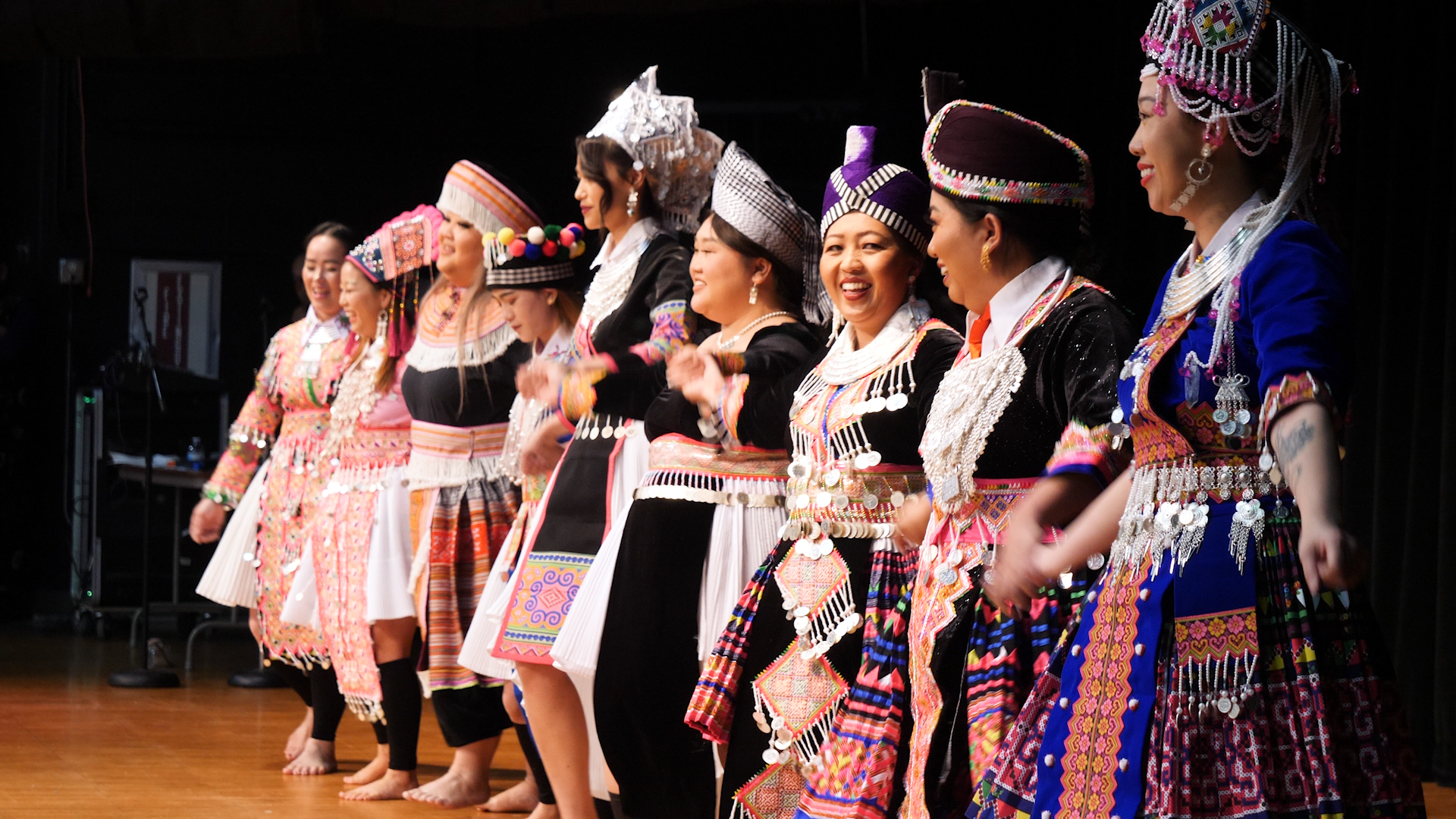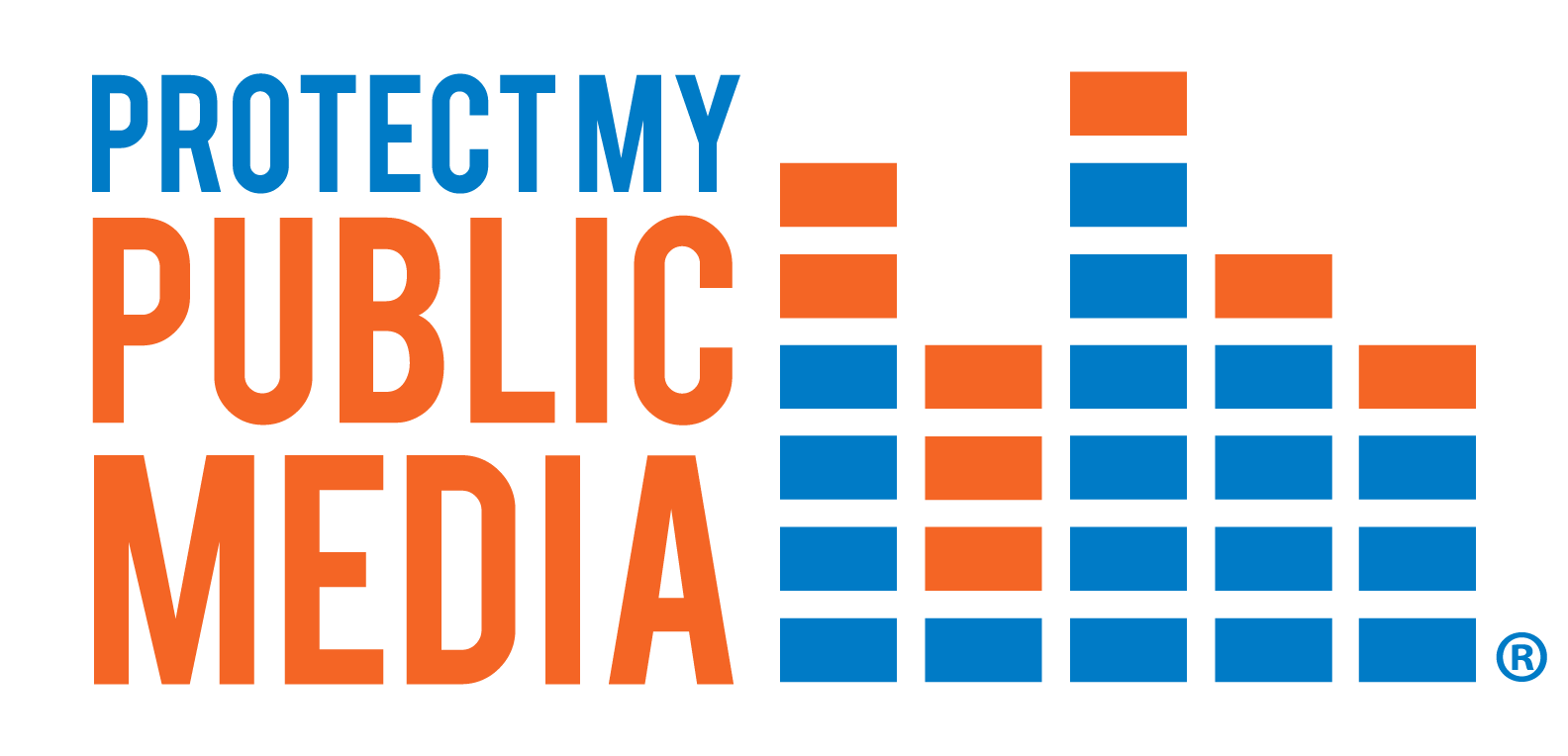Minnesota has one of the largest Hmong populations in the United States. In November, the Hmong community in Southwest Minnesota celebrated Hmong New Year, along with a significant community milestone.
Hmong New Year

Urge the Senate: Protect PBS Funding | PBS IS IN DANGER OF GOING AWAY. The federal funding that supports Public Media is at risk of being eliminated. Now is a critical time to act. |

Minnesota has one of the largest Hmong populations in the United States. In November, the Hmong community in Southwest Minnesota celebrated Hmong New Year, along with a significant community milestone.
On November 20, the Hmong community in southwest Minnesota hosted a Hmong New Year celebration in the Tracy High School gym. Khou Lor is the President of the Southwest Minnesota Hmong community called Southwest Minnesota Hmong Txuj.
"Every community kinda has their own ... head person. Typically it's always been elders, so it's just a really big change to have a young lady," Lor said.
She's in charge of planning everything.
"Yes, organize everything," Lor laughed. "It's more of a celebration, you know, really honing in our roots and what makes us Hmong people."
Lor said that traditionally this celebration would take place after a harvest. "Back in the old country, it'd be anytime that they finished harvesting the rice patties and then they would have a new year for every village."
In the United States, Hmong New Year is celebrated anywhere between October and the end of the year. Traditionally it varied from village to village and likewise in Southwest Minnesota, there isn't a set date from year to year.
This celebration didn't used to be called "new year," but a word which translates to "time for a new beginning," explained Xiong Yang, who goes by Sean. Yang was chosen to preside over the ribbon cutting ceremony. Usually that's done by an elder, but with COVID-19, many community elders didn't attend the event.
The recital language is passed down from generation to generation. Yang said that he felt a little nervous, he wanted to stay true to the linguistic tradition while making sure younger generations also understood.
"The language has been lost a little bit in translation, so I have only been [speaking] about 50% of it. The elders speak about 90% of it," Yang said. "When you use the actual language to recite it, a lot of the younger folks don't know it because it's just so deep and I tend to keep ... modern a little bit so that the younger folks will understand what's going on."
The ribbon cutting ceremony is to remove bad spirits, Yang explained. There are two cuts that are made to the red ribbon. "The first one is to eliminate all bad things and the second one is to bless everyone."
Tied to the ribbon is a pink balloon. Yang said that the bad spirits are collected into that balloon. "We take it outside and release all of the bad omens or bad spirits," he said. Then everyone drinks a little shot of sparking grape juice. "When we drink that, we drink all of the good blessings. So it's to bless for either education or prosperity, wealth and wellbeing," Yang said.
Then, it's a huge party! There's dancing, singing, food, and of course, ball tossing. Ball tossing is a kind of icebreaker game, which is just played for fun now, because traditionally this day was used to help people meet a potential spouse, explain Marcey Xiong, who used to live in Tracy, but now lives in St. Paul.
"So it's when you find somebody, a love, and you ball toss with them and if one drops the ball, they might have to give you a piece of, you know, like a necklace or something like that," Xiong said.
Pioneer PBS recently hosted an event to provide resources for rural caregivers.
Learn about SMSU's esports (competitive video gaming) team!
This year, the community was also celebrating the 30th anniversary of the arrival of Hmong people in Southwest Minnesota. Sioux Moua is part of one of the first families that moved to the area, they came in 1992. Coming from Laos, an agrarian country, Moua said that his parents felt driven to move to rural Minnesota, but it was different for Moua who was just in first grade.
"To not have other people speak your language, it was tough at first," Moua remembered. "It made you feel really homesick because we went from having maybe eight, nine other Hmong kids with you in the classroom to pretty much having no one."
But over the years, he's watched the demographics in Southwest Minnesota change. "Just to see everything change, I guess that's what makes this place so unique. We're just honored and we're just blessed to have called this home for 30 years and this place has been amazing and I love it here." Moua said.
Saibert Moua is Sioux Moua's father. Although he wanted to move to rural Minnesota, he also faced his own form of isolation and separation. When he came to the United States, he was married with kids and had to find work right away. He worked at Schwan's for many years, but now works at a farm helping to raise cattle. This meant he didn't have the opportunity to go to school and learn English. I had the privilege of talking with him through a translator, Shoua Thao, a kind of second nephew of Moua's, who also grew up in Tracy.
"Being in their old country, because he could speak not just his native tongue, but he was able to speak the Laotian language too," Moua said through Thao. "He was a self-reliant. Being self-reliant, being able to just do things for yourself, we take our ability to speak the language for granted, right?"
But the Mouas, and other first Hmong families, paved the way for others to move to the area. Over time, the community has grown from seven to 10 families 30 years ago, to over 100 families today, Thao predicted.
Data collected by Minnesota Compass, a data analysis project led by Wilder Research found that the foreign born Hmong population in Minnesota in 1980 was 2,600. By 2019, it had grown to 29,180, but many in the community have been noticing a deceleration in population growth in recent years.
"A lot of young folks, they graduate, grow up and move on," said Yang. "But a lot of folks here, we see that the population has been steady. ... a lot of older folks is heartbreaking to see, to have them think that the population is depleting."
Shoua Thao (a different Shoua Thao than the translator) is Sean Yang's mother. Their family came to Southwest Minnesota in 2003. I also spoke with her with translator Shoua Thao's help.
"She's afraid that it's gonna be 50:50: Some of the youth don't care too much about the traditions and culture and some still do," Thao said through Thao's translation. "There is no written anything, any written rules to say, 'hey, this is what we do to hold onto our cultures.' So it's kinda depending on the youth."
She said that events like Hmong New Year are how younger generations are staying connected to and learning about their culture and traditions. And it is the younger generation, albeit maybe not the youngest generation, that's trying to keep tradition going.
